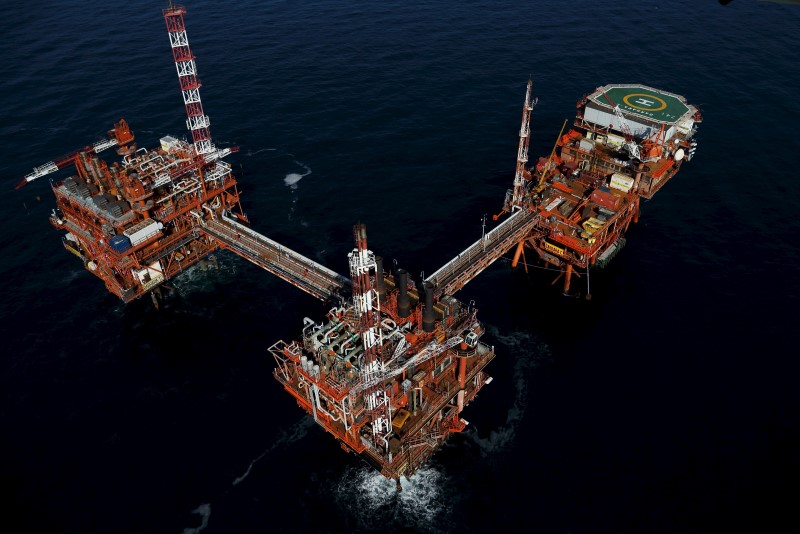* Australia's oil output has bottomed at 49-year low
* Exploration spending slumped after 2014 oil price crash
* Santos, Equinor lead liquids hunt
* Australia long in breach of IEA stocks rule
By Sonali Paul
MELBOURNE, Oct 1 (Reuters) - Australia's oil exploration has picked up over the past year following the country's biggest find in more than two decades, and could drive a resurgence in production that has fallen to a near 50-year low.
A successful hunt for liquids could eventually beef up fuel security in Australia, which relies on imports for most of its oil needs, and whose vulnerability was highlighted after attacks on Saudi Arabia's oil facilities last month.
With just 58 days worth of annual oil imports as at June 2019, Australia is the only member of the International Energy Agency that has not stockpiled 90 days of oil.
Exploration spending rose 30% to A$1.3 billion ($880 million) in the year to June 2019 following a decade of decline, the Department of Industry said this week in its latest quarterly report. The slump was aggravated by the oil price crash in 2014.
In a sharp reversal, spending rose 20% in the June quarter alone to A$378 million from the same quarter last year.
Several companies grabbed acreage in waters off Western Australia last year after Quadrant Energy, now owned by Santos Ltd STO.AX , struck oil in the Dorado field, Australia's biggest oil find since 1996.
"In light of Dorado, other blocks were picked up. There's a lot of activity in that area," said Merrie-Ellen Gunning, offshore energy systems section leader at government agency Geoscience Australia.
PRODUCTION SLUMP
Australia's crude oil production slumped to 108,000 barrels per day (bpd) in the year to June 2019, its lowest level in 49 years, according to the Department of Industry.
The drop has largely been due to declining output from ageing fields in the Bass Strait off southeastern Australia, which dominated oil production for half a century.
However, the year just ended is expected to mark a trough, with Woodside Petroleum WPL.AX recently having started producing at its Greater Enfield project. At full tilt it is expected to produce 60,000 bpd. where Santos is targeting a development of at least 50,000 bpd, will further aid the revival after 2023. Santos Chief Executive Kevin Gallagher has called Dorado "one of the most exciting growth projects across the Santos portfolio".
Santos and its partner Carnarvon Petroleum CVN.AX aim to decide in late 2020 whether to go ahead with the development.
NEW FRONTIER
The deep waters off Australia's south coast, called the Great Australian Bight, mark the next frontier for a potential oil bonanza.
Norway's Equinor ASA EQNR.OL is ploughing ahead with an application to start drilling in late 2020, despite vehement opposition from green groups and even after BP Plc BP.L and Chevron Corp (NYSE:CVX) CVX.N gave up plans to explore the Bight.
It considers the Bight "a highly prospective asset".
"There are strong indications that there might be oil in the Bight," Equinor's Australia manager, Jone Stangeland, said in emailed comments to Reuters.
A study done last year for the Australian Petroleum Production and Exploration Association had base case production from the Bight at 1.9 billion barrels of oil equivalent and a high case of 6 billion barrels over four decades, in line with output from Bass Strait.
"Certainly Dorado could improve production, and if the Bight came off as well, it could have a major effect on Australia's ability to produce oil," Geoscience Australia's Gunning said. ($1 = 1.4808 Australian dollars)
